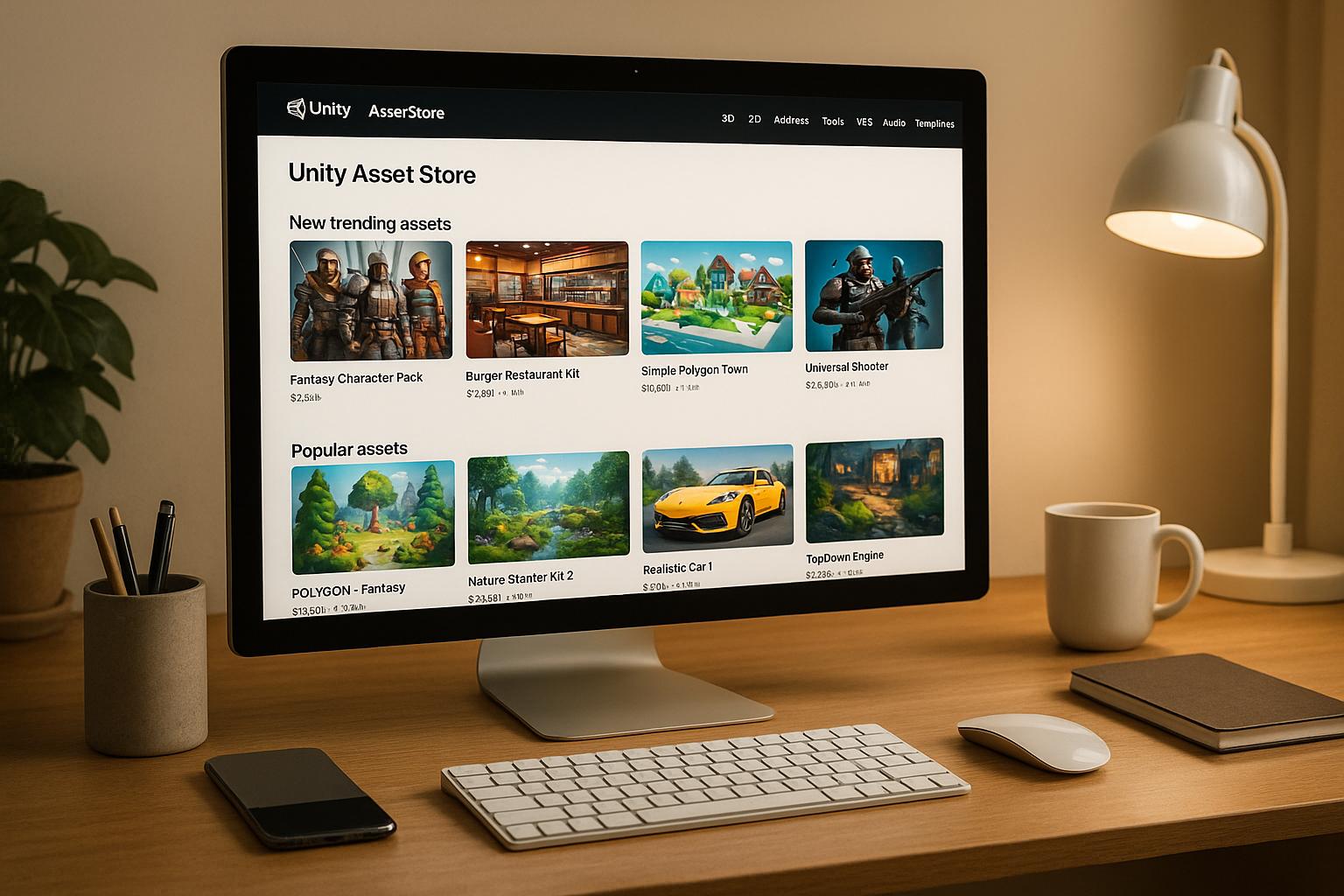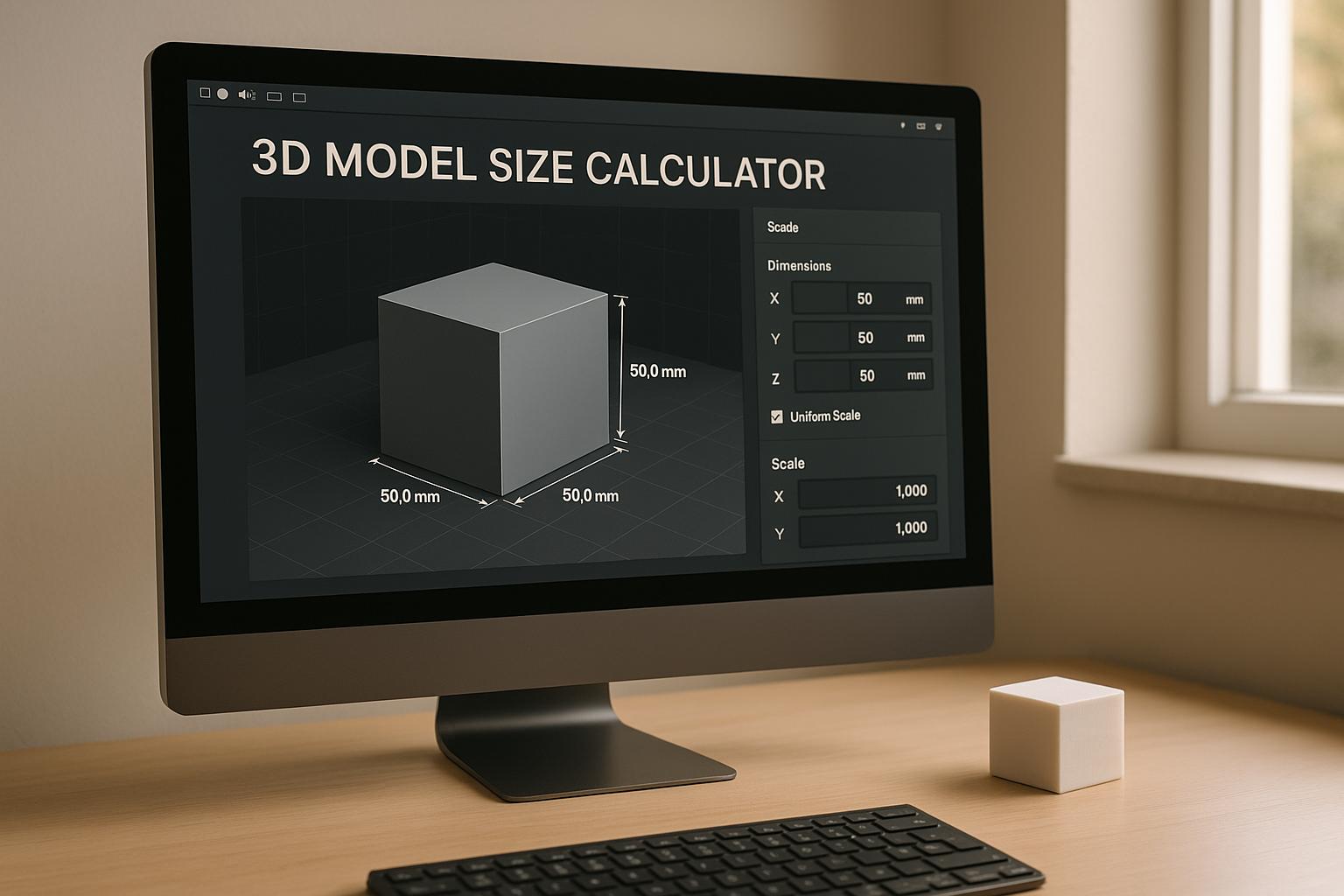The world of tabletop gaming and 3D printing is buzzing with excitement, and a lot of that is thanks to artificial intelligence. Gone are the days when creating a custom miniature required years of digital sculpting experience. Now, AI-powered 3D printing tools can turn a simple text description or a reference image into a printable model in minutes. But with several options on the market, which one is right for you?
Let's compare three of the leading AI tools for creating 3D printing miniatures: Sloyd, Meshy, and 3DStudioAI, focusing on their pros, cons, and ability to export a clean STL file ready for your printer.
Sloyd.ai: The All-in-One Creative Suite
Sloyd stands out by offering a comprehensive suite of tools that goes beyond simple generation. It’s designed not just to create models, but to give you unparalleled control over the final product.
Pros:
- Multiple Creation Methods: Sloyd isn’t a one-trick pony. You can generate models using Text-to-3D and Image-to-3D, but its real power lies in its unique Template Editor. This parametric tool allows you to start with a base model and tweak every detail with simple sliders, giving you precise control that generative-only tools lack.
- Optimized for 3D Printing: This is where Sloyd truly shines for hobbyists. Both its Text-to-3D and Image-to-3D tools feature a dedicated "3D Printing" style preset. Selecting this option automatically generates a model optimized for printing—no textures, no UVs, just a clean, solid mesh ready for slicing. There's even a "Vinyl Figure" preset perfect for creating collectible-style minis.
- Unlimited Freedom: On its paid plans, Sloyd offers unlimited generations and downloads. You can experiment, iterate, and perfect your miniature as many times as you need without worrying about burning through credits. This freedom is essential for dialing in the perfect design.
- Easy STL Export: Getting your model ready for printing is as simple as clicking a button. Sloyd exports directly to .stl, the universal format for 3D printing slicer software.
Cons:
- Like any AI generator, the initial results from a text or image prompt can sometimes be unpredictable. However, the ability to generate unlimited variations means you can quickly try again until you get a result you love.
Meshy: A Strong Generative Contender
Meshy is a popular and powerful platform known for its high-quality text-to-3D and image-to-3D generation. It excels at creating organic and complex models, making it a solid choice for fantasy creatures and detailed characters.
Pros:
- High-Quality Generations: Meshy is often praised for the detail and quality of its AI-generated models.
- Fast Generation Speed: It can quickly produce results from text or image prompts, allowing for rapid ideation.
Cons:
- Limited Toolset: Meshy is primarily a generative tool. It lacks the deep, parametric customization found in Sloyd's Template Editor. If a model isn't quite right, your only option is to generate a new one rather than fine-tuning the existing geometry.
- Credit-Based System: The platform typically operates on a credit system, where each generation or upscale costs a certain number of credits. This can become costly and creatively restrictive, especially for hobbyists who enjoy experimentation.
- General Purpose Output: While you can export to STL, the models are not specifically optimized for 3D printing out-of-the-box and may require cleanup in external software like Blender to ensure they are manifold and print-ready.
3DStudioAI: Focused on Asset Generation
3DStudioAI is another player in the AI 3D space, focusing on turning text prompts into 3D assets. It provides a straightforward path from idea to model for users looking for a simple generative experience.
Pros:
- Simple Interface: The process is direct—you type what you want, and the AI generates a model.
- Variety of Styles: It can produce models in different artistic styles, which can be useful for different types of miniatures.
Cons:
- Lacks a Hybrid Approach: Similar to Meshy, it is a purely generative tool. This means you miss out on the precision and control offered by a hybrid system like Sloyd, which combines generative AI with a manual editor.
- Variable Quality for Printing: The models generated may have issues like non-manifold edges or holes, which are common with generative AI. These often need to be fixed in another program before they can be successfully 3D printed.
The Verdict: Which Tool is Best for Miniatures?
While all three tools can generate 3D models, Sloyd.ai offers the most complete, flexible, and cost-effective workflow for 3D printing enthusiasts.
- For Versatility: Sloyd wins hands-down with its combination of high-quality AI generation and a powerful parametric editor.
- For 3D Printing: Sloyd's dedicated "3D Printing" preset is a game-changer, saving you time and effort by delivering a print-ready file with a single click.
- For Value: The unlimited generation and download model empowers you to create without limits, making it the best choice for both serious hobbyists and newcomers.
If you're ready to bring your custom miniatures to life, the choice is clear. Dive in and see what you can create with Sloyd's Text-to-3D and Image-to-3D tools today





